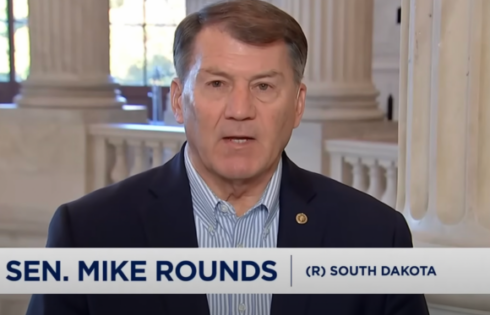Defenders of the status quo in public education often claim that by sending public money along with children wherever they enroll, school choice is killing the bedrock of American society, the public school.
What they seem eager to ignore is the benefits to taxpayers when kids aren’t imprisoned in failing public schools – or real prisons after they drop out.
Jason Crye, executive director of Hispanics for School Choice, writes for the Thomas B. Fordham Institute blog Flypaper that both children and taxpayers win big when school choice is given room to breathe.
A resident of Milwaukee, Crye points to recent research by the Wisconsin Institute for Law & Liberty that evaluated the performance of the city’s Parental Choice Program over 20 years.
The program has a “funding flaw”: Milwaukee can extort gargantuan sums from successful program participants (like Milwaukee’s St. Marcus Lutheran School) when they seek to expand. As Crye writes:
In 2013, this school [St. Marcus] wanted to expand. It found an empty public school building with an assessed value of $880,000. But the City of Milwaukee required a $1.3 million fee in addition to the purchase price. Why? Well, to cover the “cost” to the community of students leaving Milwaukee’s traditional schools. The exorbitant price killed any possibility of a deal. And it was based on a myth.
Science to the rescue: the failed St. Marcus deal roused Dr. Will Flanders of the Wisconsin Institute for Law and Liberty and Dr. Corey DeAngelis of the University of Arkansas. The men worked together to investigate potential taxpayer losses due to schools participating in the MPCP. In their study, Flanders and DeAngelis discovered that, far from causing losses, schools like St. Marcus have a major positive tax impact. This is down to what I underlined in the beginning: high graduation rates.
St. Marcus’s graduation rate is around 90 percent – with a 90 percent low-income student body.
The study estimates that higher graduation rates in choice-program schools will lead their students to generate $473 million more economic benefits to Wisconsin by 2035 than traditional public school students.
It also calculated tens of millions in economic benefit owing to choice-program students committing less crime, which saves money otherwise spent on incarceration, police officers and other criminal justice system expenses.
Choice-program graduates are also “less likely to need expensive, government-funded medical care” and they have “a lower likelihood of being reliant on welfare,” saving taxpayers even more, according to the study.
Crye writes of meeting a former gang member with face tattoos – and two kids in a private school:
But his marred face was transformed by a radiant smile. Beaming with pride, Jose told me he personally drives his kids to school every day. Watching them enter the building in the morning, he knows they are on the path to college. They won’t make the mistakes he did.
The DeAngelis-Flanders study merely quantifies what parents like Jose already know: when moms and dads are empowered to choose the best learning environment for their kids, achievement follows. After graduation, these students flourish at work. Individual families win, but so do the city and the country as a whole. That’s good parenting and good economics.
Read the post and study.
Like The College Fix on Facebook / Follow us on Twitter
h/t Mark Perry




Add to the Discussion